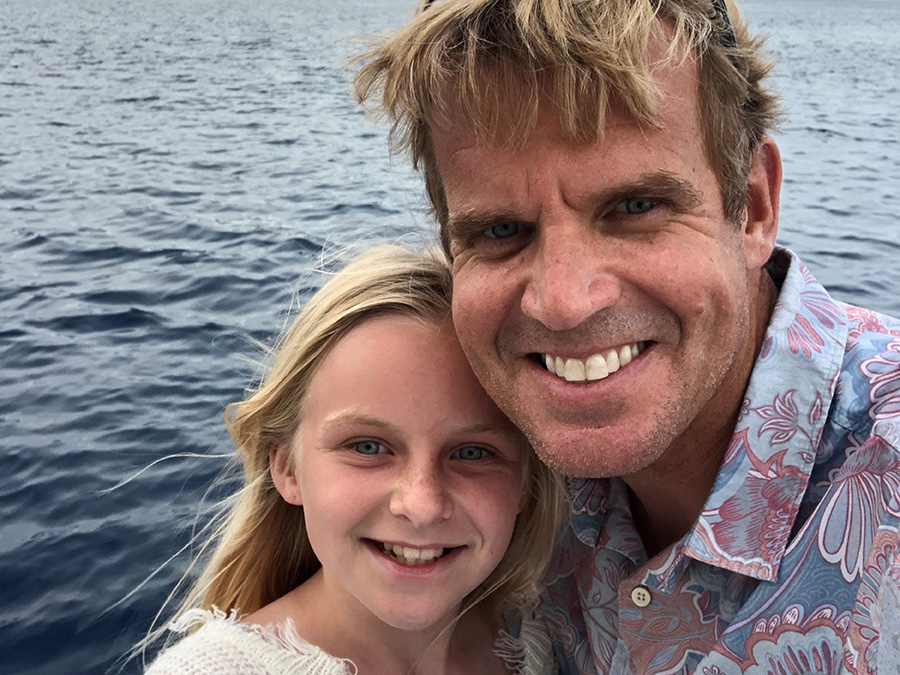News Release

Interview with Jason Ficht
Posted 8/18/2021
Why did you choose a career in community planning and urban design?
I grew up in Southern California in an urban environment where I could walk to the corner store, the park and my friends’ houses. The 1992 Los Angeles riots highlighted the fact that people within walking distance of my own neighborhood had grown up with a strikingly different experience. This realization coupled with travel in my high school and college years to Europe, and Central America got me thinking about how to combine an interest in shaping communities with my artistic passions. These formative experiences led me to Cal Poly San Luis Obispo to study landscape architecture and then to obtain a master’s degree in urban and regional planning from the University of California, Irvine. I spent many years leading urban planning for another studio before joining Design Workshop in 2017.
What do you see as the greatest challenge facing landscape architecture and planning industry today?
Climate change. We are witnessing the impacts of a carbon-based economy every night when we turn on the news or when we step outside. As a profession we must think about global impacts and work to both mitigate and adapt to a changing climate. Regional scale design and policy changes like urban greening and urban forestry, multi-modal streets and designing complete communities where jobs and housing are in proximity are some of the design and policy changes. I’m committed to using my expertise to be part of the solution to solve these challenges.
What are you reading?
Herding Tigers: Be the Creative Leader People Need by Todd Henry for the second time. I read it once in my Emerging Leaders group at Design Workshop, but I needed a refresher. I’m more of a doer than a delegator as I like to be in the trenches working side by side with people.
What place has the most potential to be impacted by urban design and planning?
In the past, the Southern California region was planned around the assumption that most trips will be taken in a private, single occupancy, combustion engine, automobile. Today, the region is building one of the nation’s largest transit systems. If the transit system is complemented with high-density, mixed-use, transit-oriented development, the region can reduce auto-trips resulting in less congestion, improved air quality and reduced air pollution and carbon emission. Another key to the regional transformation is a robust urban greening strategy with native and low water consuming landscapes. Urban greening can significantly improve air quality while improving aesthetics, reducing heat, capturing stormwater and increasing property values.